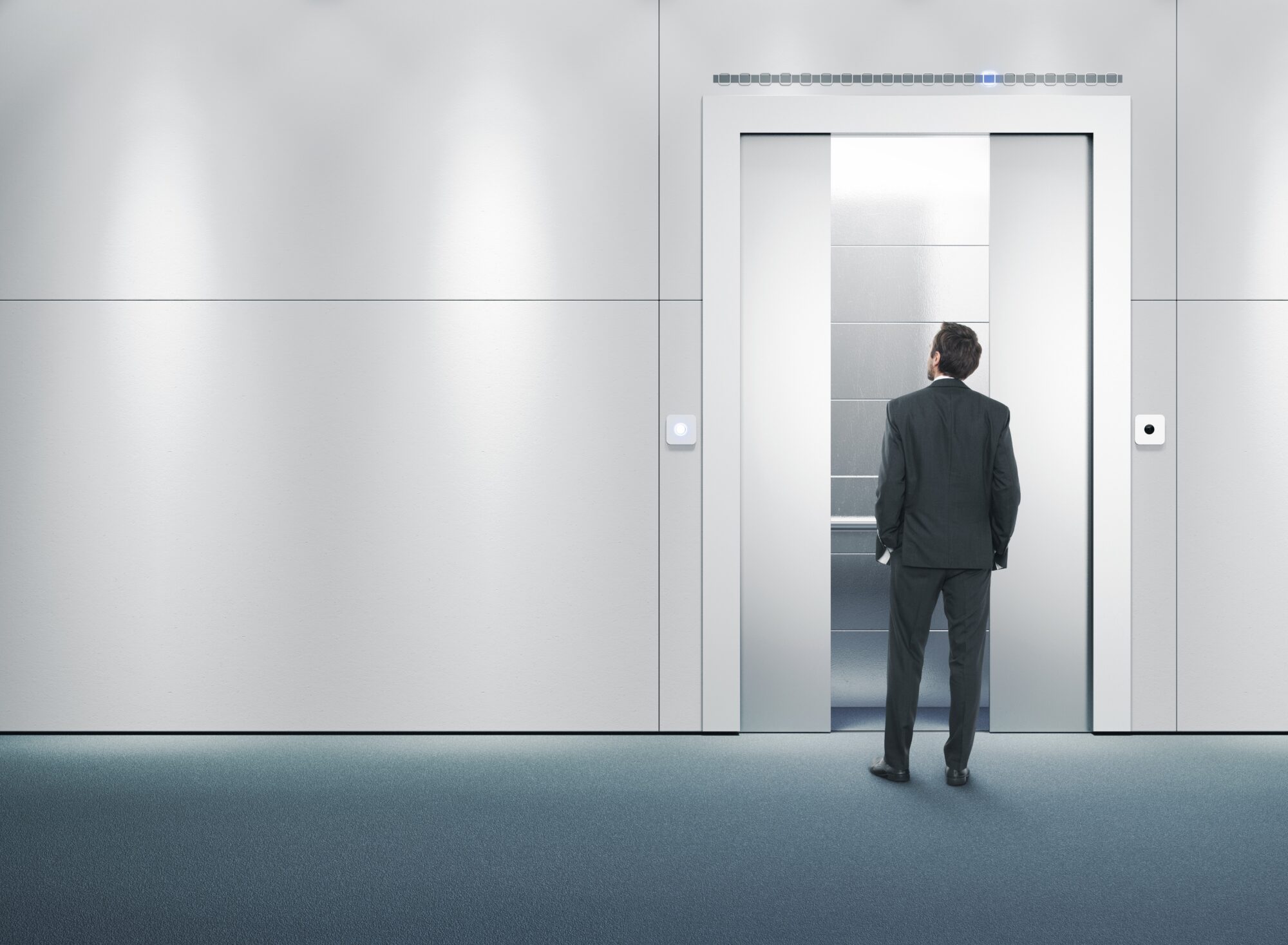© 2025 Genea Energy Partners, Inc. All Rights Reserved.
Elevator access control systems grant and prohibit entry based on user credentials. These credentials are stored in the building’s...
Talk to an expert
Give us a call



